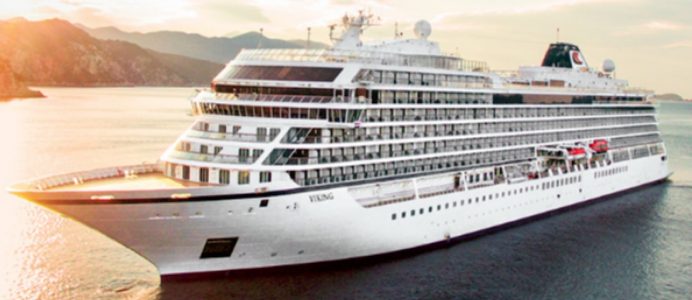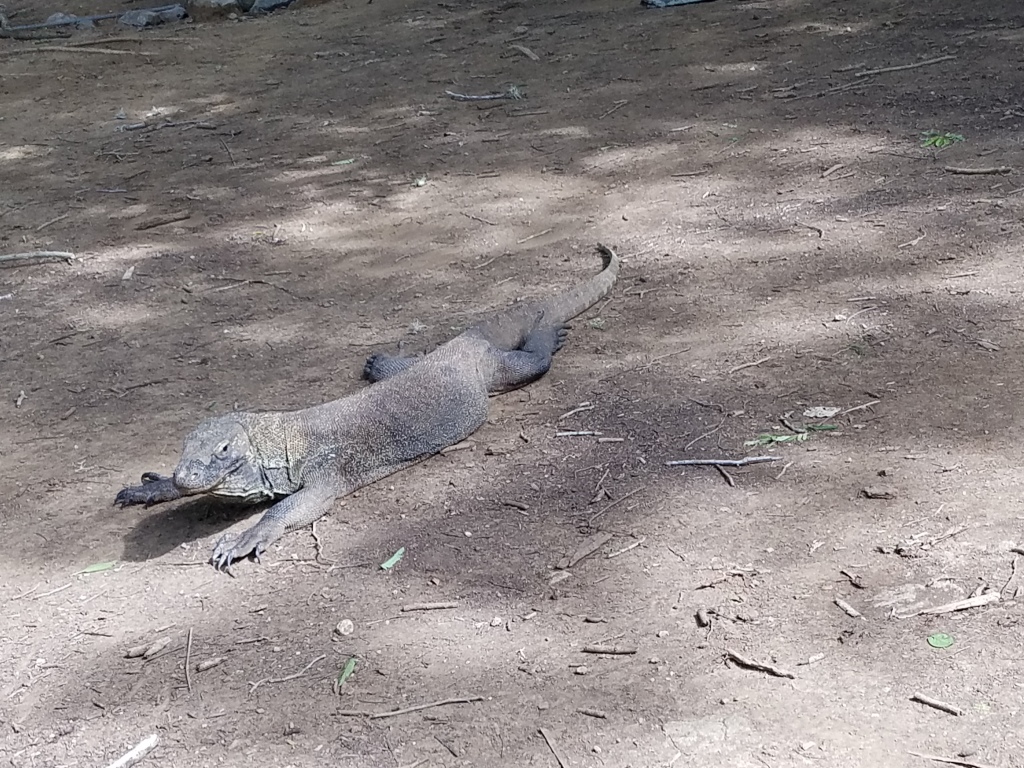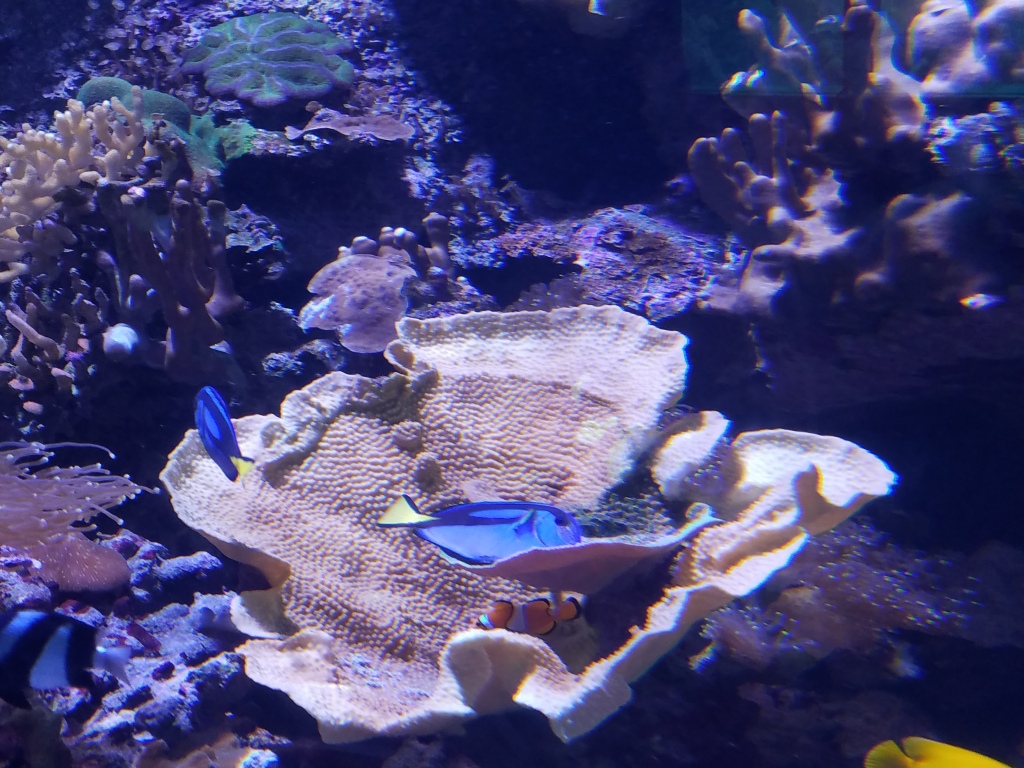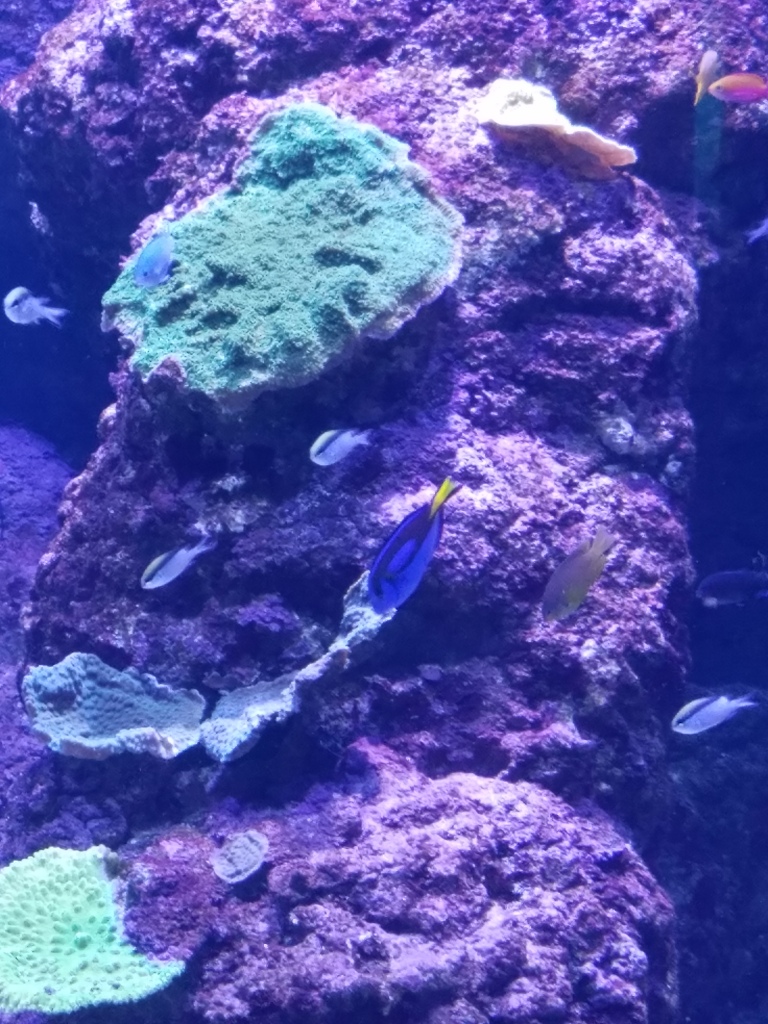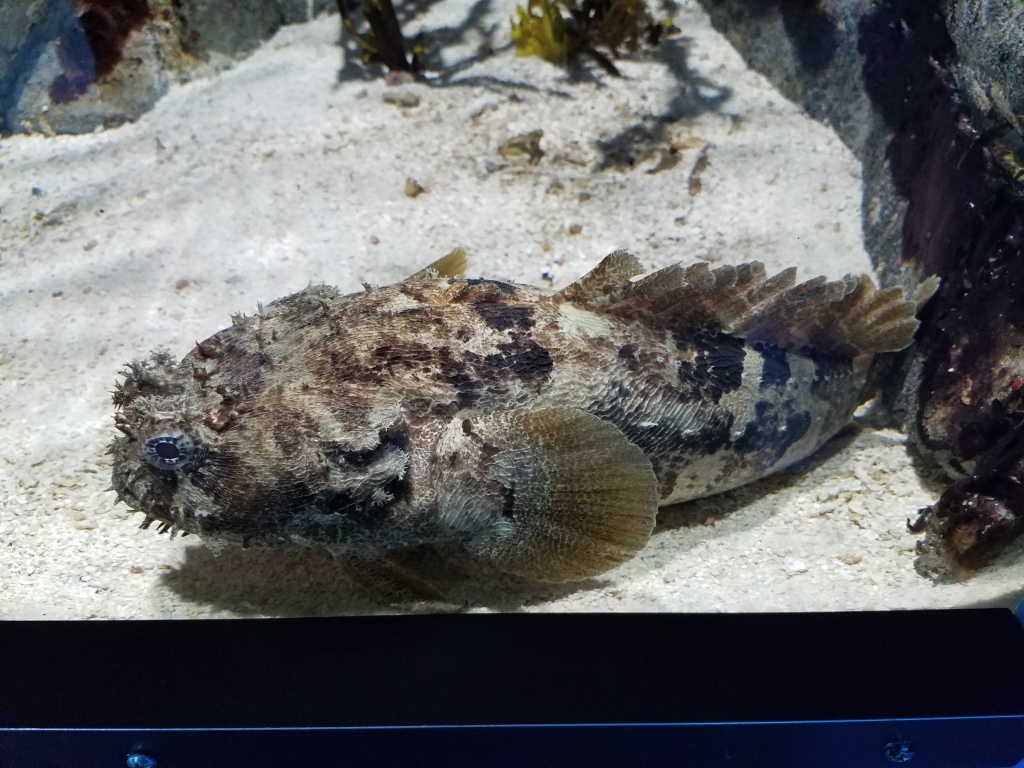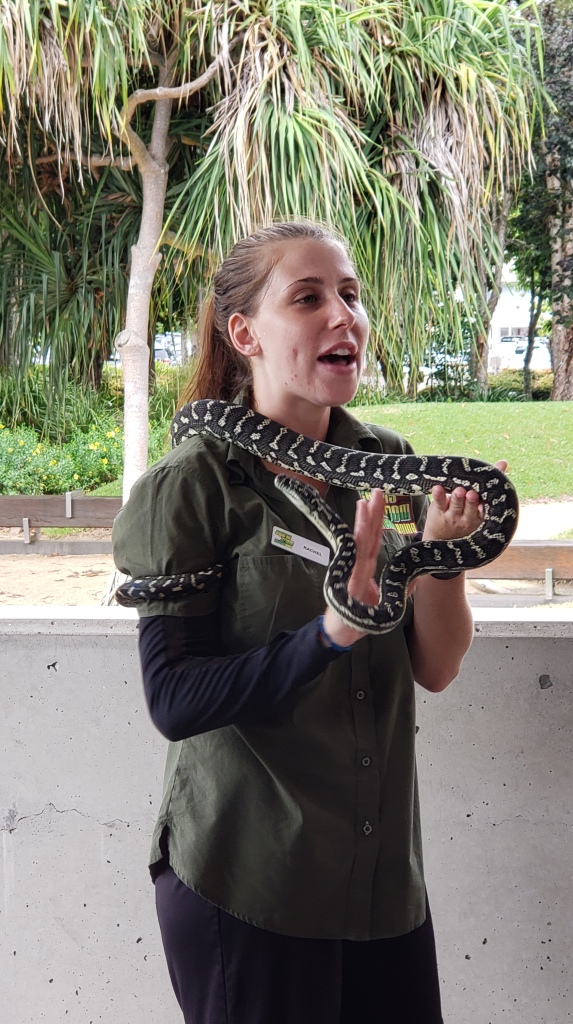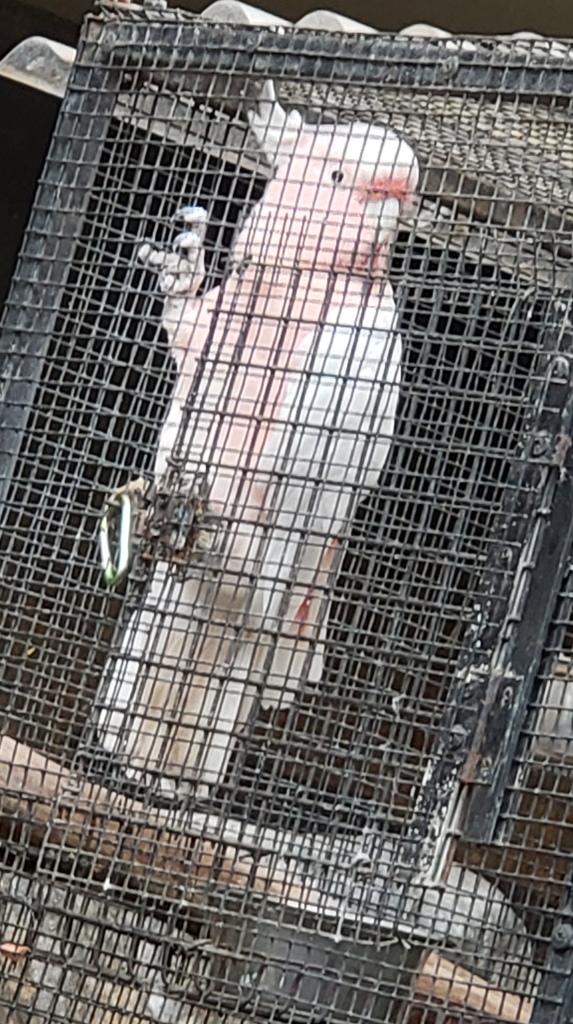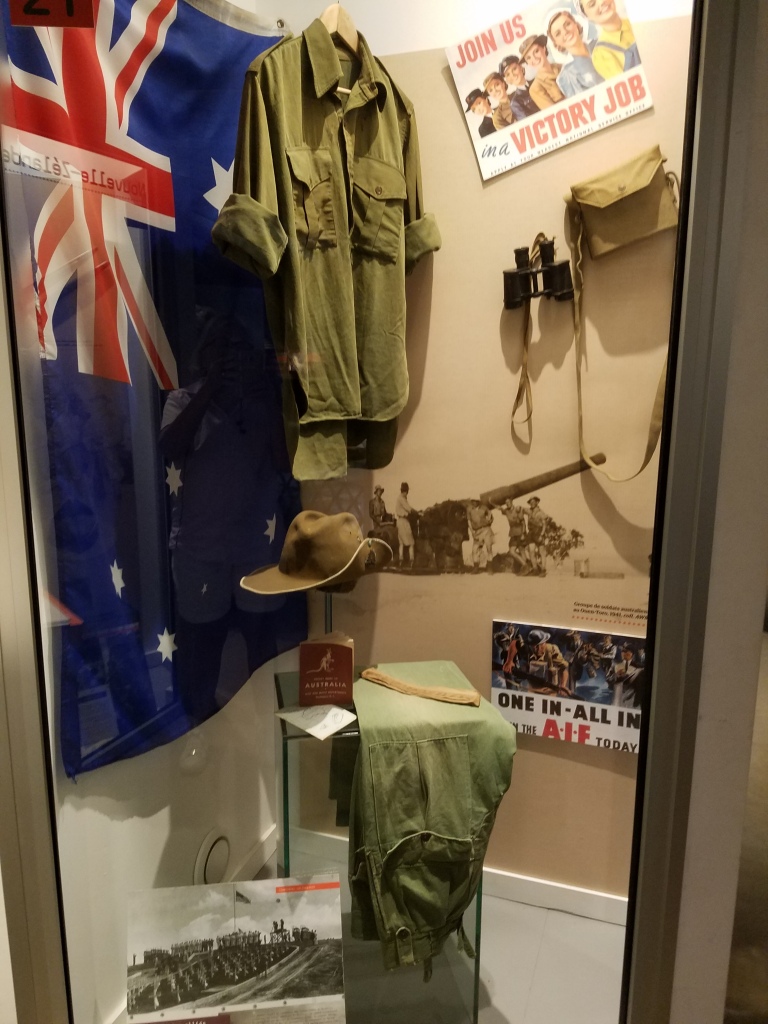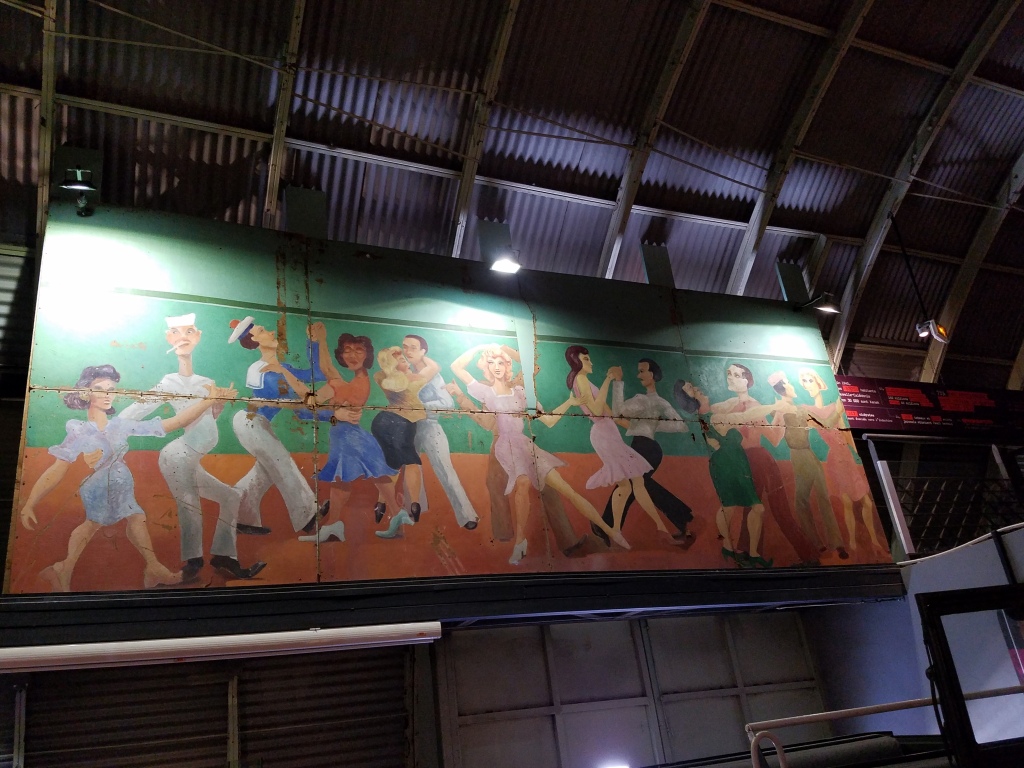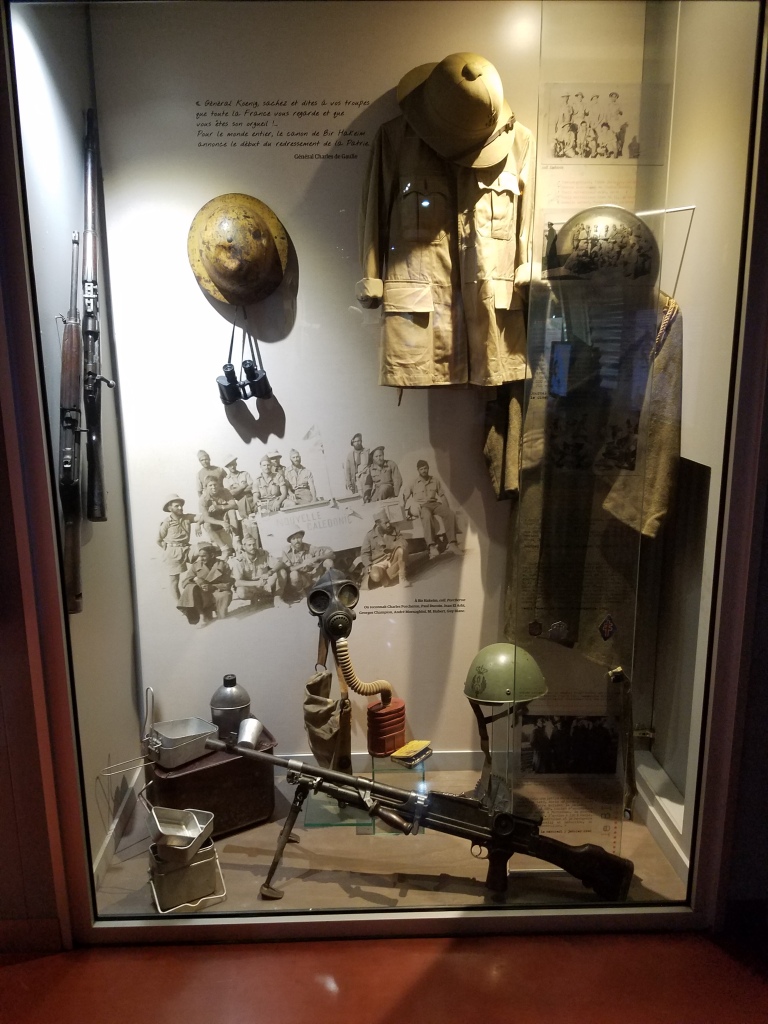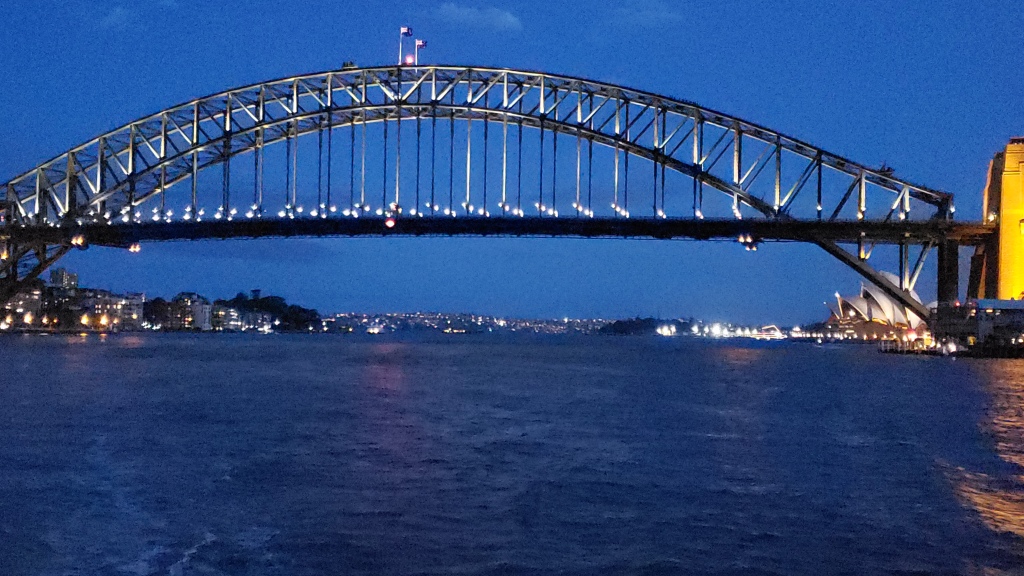Last night we were informed that Indonesian officials would be boarding the ship beginning at 6:30 am. to take the temperature of the approximately 900 passengers and 400 crew. They were an hour late to begin with, but all 1200+ aboard passed. Even though we have absolutely NO ILLNESS ABOARD, we were still denied permission to disembark. Fortunately, Viking is allowed to dock in order to load waiting provisions. We were scheduled to be here 2 full days and now, at 3:00 p.m., we learn it’s a total no go. We are, of course, very disappointed to be denied entry to yet another location.
We are heading to Bali where we hope to be able to dock. If not, it will be a total nightmare. Passengers who were scheduled to disembark at Hong Kong (where we are not going) have been re-scheduled to leave the ship in Bali. Also, some Ultimate World Travelers, including our good friends Randy and Barb, have decided to cut their trip short and return home from Bali. If not allowed to disembark, hotel and airline arrangements will have to be changed again. Thus far we have lost 12 ultimate world travelers with more to leave in a few days IF we can dock. In addition, many crew members are scheduled to return home from Bali and their replacements are to board in Bali.
None of this is the fault of Viking who is doing it’s best to give us alternate ports with activities and has offered compensation for those of us who choose to return home early. Right now, I want to go home, but David wants to stay, so I have agreed to stick it out. I’ll continue to keep you updated regarding changes. Later.
